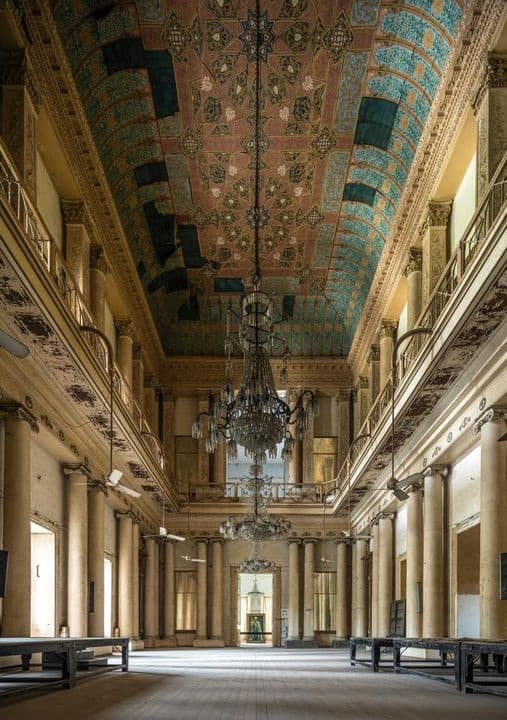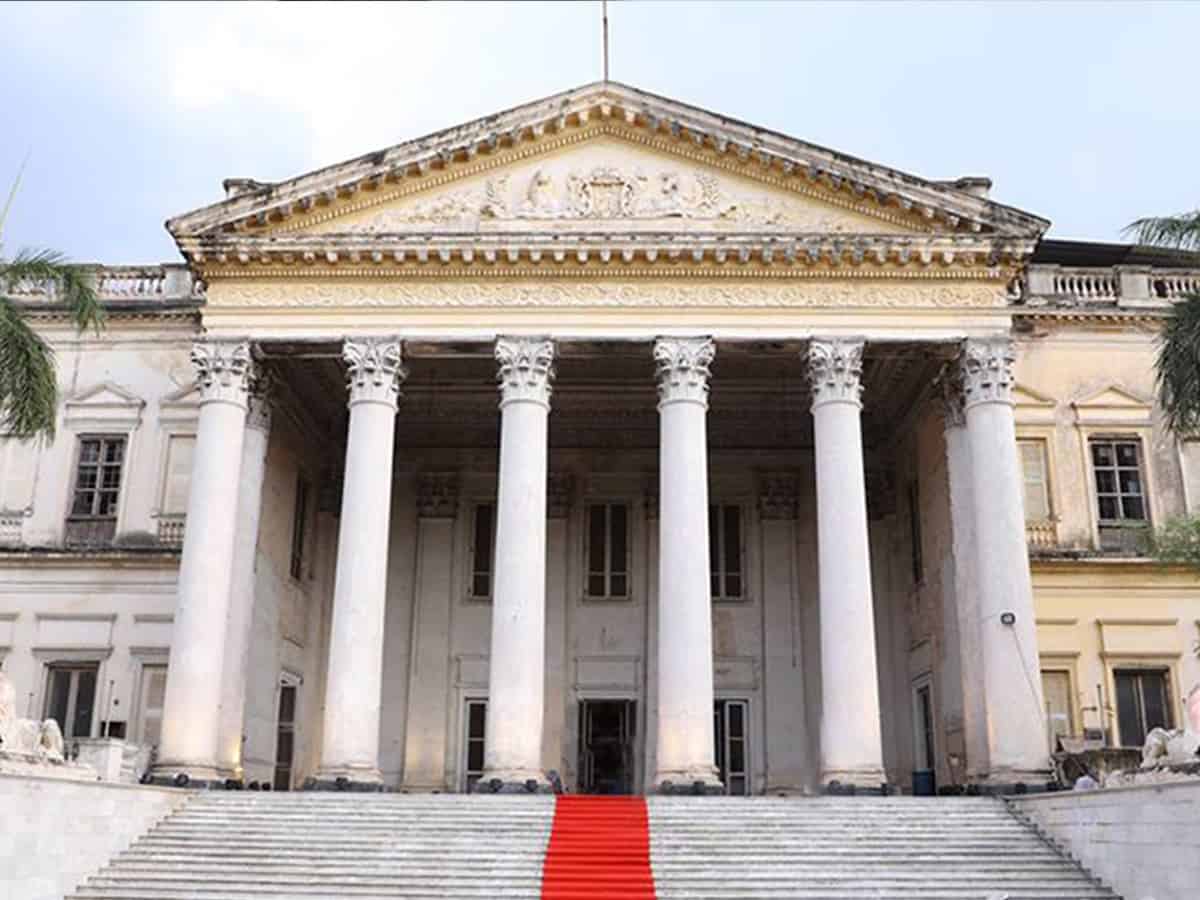Hyderabad: A Pakistani and a Mexican student are among the 463 candidates who have enrolled for, a three-day workshop on ‘Exploring Local Histories – History and Heritage of Hyderabad City’ that began at the University College for Women, Koti today (August 25). The other online participants are from Egypt, Portugal, Greece, England, the Netherlands, Morocco, Serbia, and the Philippines.
The workshop has a special focus on protecting local history is being conducted by the Women’s College in collaboration with Vasaamaha Consultations.
The workshop has been chosen for the launch of first-of-its-kind has launched a Heritage Club. Andrew Fleming, British Deputy High Commissioner in Hyderabad, among others, joined hands to inaugurate the club.
Speaking to siasat.com, Dr. Aruna Pariti, Head of the History Department at the college said, “Hyderabad is home to many monuments that are currently in a dilapidated, utter state of neglect. There is a need to preserve them. The workshop will orient young students and sensitize them on the importance of heritage conservation.”
“We will also encourage the participants to document and make presentations on their local history and heritage,” said Dr. Pariti.
No university or college in Telangana has so far set up a specified club for heritage conservation. When asked about the importance of having that kind of meeting place, she said, “Every locality has its own history which belongs to different periods of time. The study of local history encompasses both the tangible and intangible heritage which creates the locality’s identity. This is very much part of an individual’s identity. Through this club, we wish to give the students a first-hand experience of discovering that identity.”
“Setting up a heritage club is only the first step. We certainly plan to make students serious about heritage and fight to protect it,” she said.
Vasantha Sobha Turaga, Conservation Architect of Vasaamaha Consultants, who was also vocal and active in the restoration of the former British Residency building, reiterated Dr. Aruna’s view. “Through the workshop, we are on the lookout for students who are serious about heritage conservation,” she said, “We want students, especially those studying history, to develop their own purview. The three-day workshop will orient them to be active about their local or native history.”
History of British Residency

The opulent mansion that housed the British Residents was designed by Lieutenant Samuel Russell of the Madras Engineers. Closely resembling the White House in Washington, the Residency building was constructed after the Second Nizam and the British signed the Treaty of Subsidiary Alliance in 1798, as a permanent place for the Europeans. It was completed a few years later, even as Secunderabad (named after the third Nizam, Sikandar Jah) became the official cantonment for them.
Construction began in 1798 with the Nizam giving money for it. The northern facade which looked out across landscaped lawns and gardens was in the English style and its grand entrance features a wild lion/sphinx-flanked flight of 20 steps and a superb portico with stately columns.
When the British left Hyderabad in 1949, the Residency was converted into Women’s college of Osmania University. Osmania University had been set up in 1924. It is interesting to note that till the handover, the premises were maintained by the Nizam’s government. Between 1949 and 1952, the Residency buildings were modified and modernised for the use of the Women’s College.
Restoration of the historic building
However, the college’s premises faced neglect with time. Old parts of the buildings were on the verge of falling apart and the other extended parts under the erstwhile Residency complex too faced abandonment.

It took years of activism, which caught up in administrative and procedural delays from the parent University, for the initial restoration to begin. Heritage activists like Vasantha Sobha played a monumental role. She was one of the many who wrote reports for the World Monuments Fund and got the site listed under their watch list.
“While Lucknow Residency was made the national monument, Koti Residency was waiting for it to be properly restored. It was only in 2005, it was declared a State Monument. I filed two Public Interest Litigations (PILs) at the High Court for the funds to be released and the restoration to move ahead,” said Vasantha Sobha, in conversation with siasat.com.
The first phase of the conservation of the building started in 2013 and reached its conclusion in 2017. “The main building, the face of the Women’s college looks very beautiful now. However, several other blocks still need restoration. The extension works must begin soon,” said Dr. Aruna.

